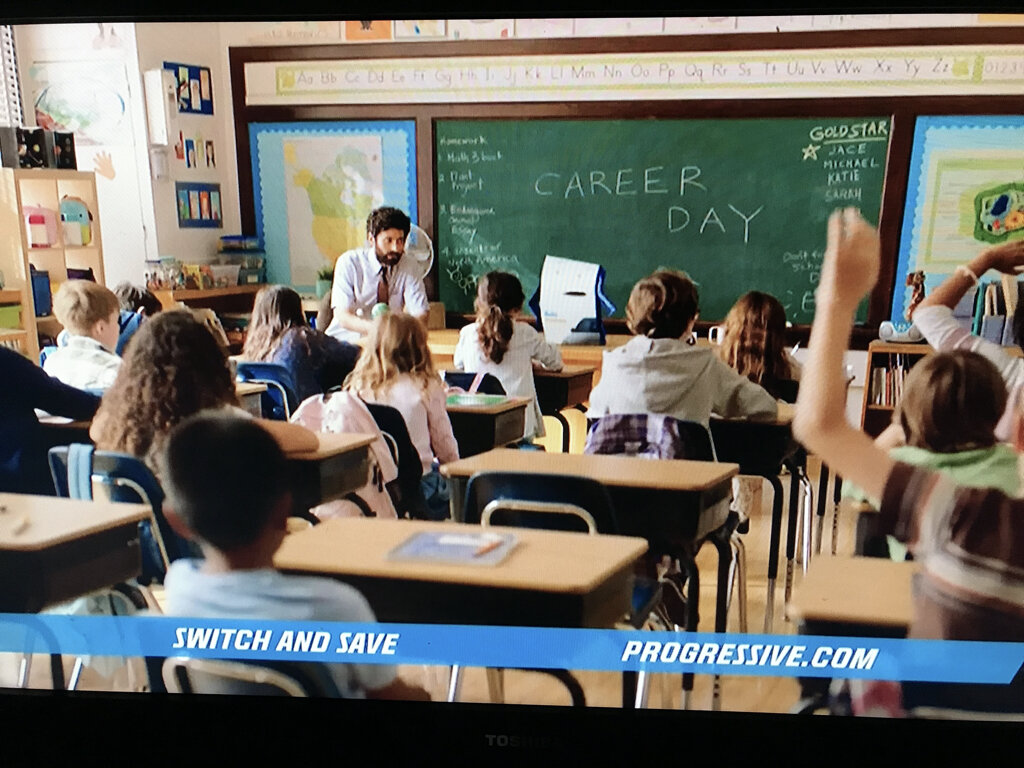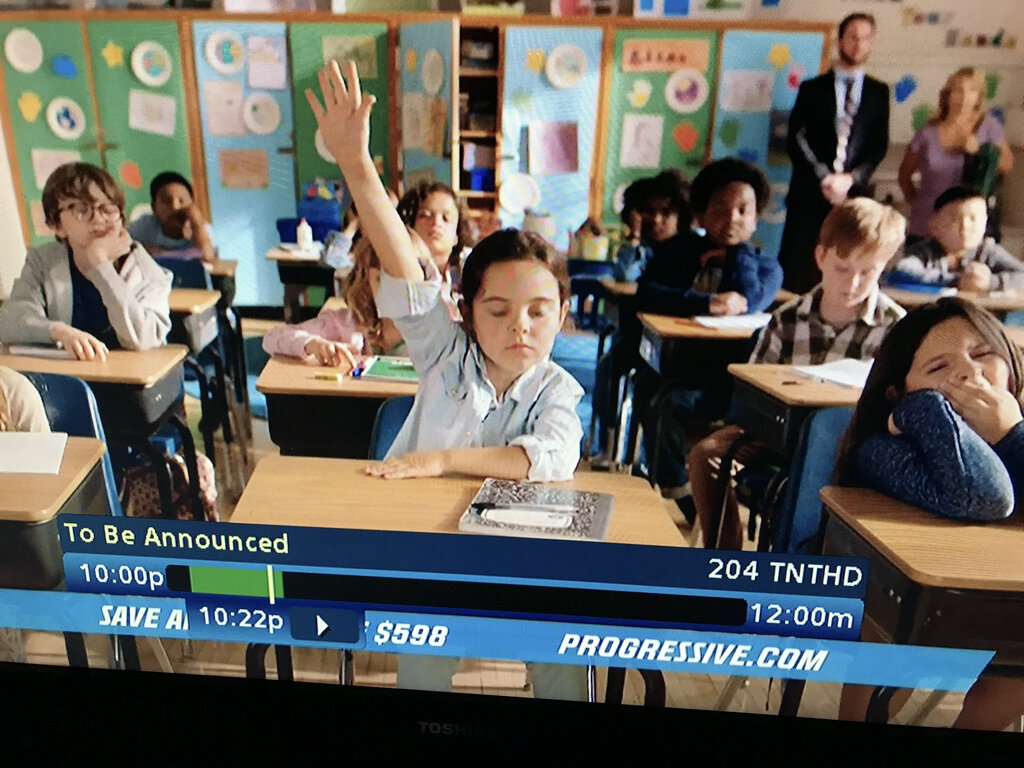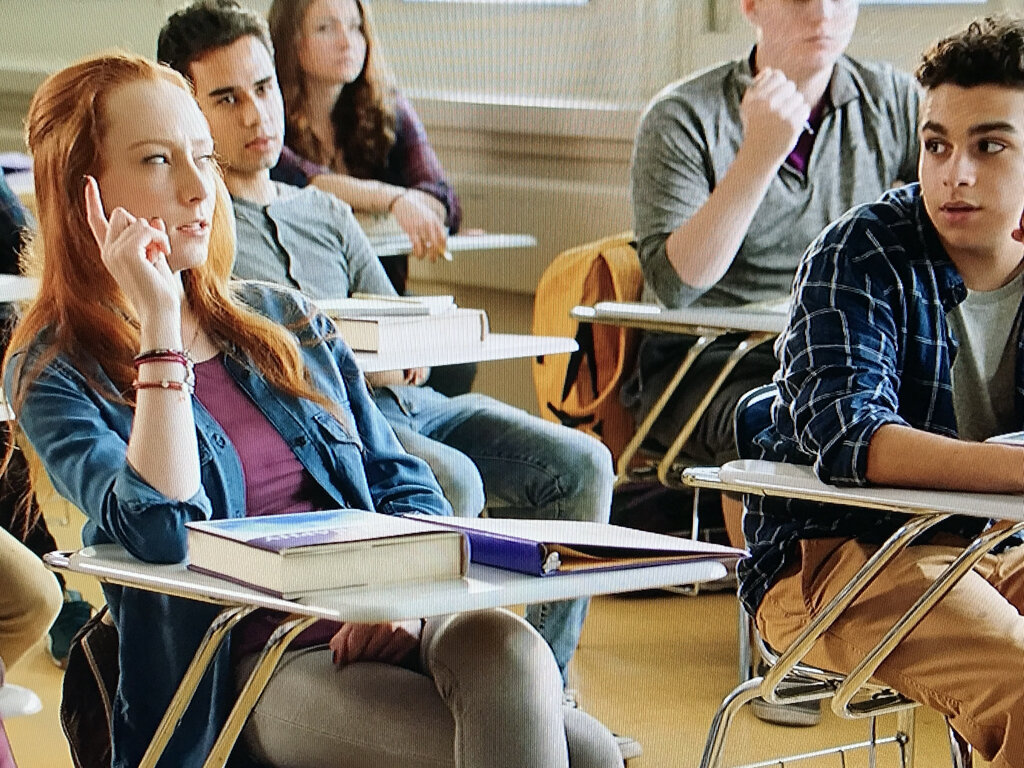As a teacher and administrator, I’ve been in a lot of classrooms. In my design career of seven years, I’ve seen a lot of classrooms.
I know what a classroom looks like. I think most everyone does.
So, I wasn’t surprised by this tweet by Justin Hardman about his search for “classroom” in a stock photo site:
Everyone knows what a classroom looks like. Teachers, students, photographers, ad agencies and even architects. It’s typically a square, kids in desks in rows, whiteboards, some type of technology, a teacher desk and walls that are covered with anchor charts, posters, student work and just about anything else you can attach to a wall surface.
The classroom. It’s part of the culture of education. It has endured and continues to do so.
Take a look at the work of Julian Germain, an English photographer, and the pictures of classrooms from his book “Classroom Portraits.” These are classrooms from all over the world. What do you see?
Squares, desks, rows, chalkboards/whiteboards.
The design of a classroom is a universal construct.
But it doesn’t have to be.
But wait, there’s more. Check out these images of classrooms from TV ads that I have collected:






Rows. Kids in desks. Teacher up front. Walls plastered with stuff. Everyone knows what a classroom looks like.
I’ll take it one step further. Check out the screenshot below from Ready Player One. Even when there is the coolest technology available, IT STILL HAS TO BE ON DESKS IN ROWS.
In my design work, I have to work hard at helping the members of the school community see beyond what the classroom has always been. That begins with teachers and administrators and extends to students (they don’t know anything else) and parents (when I went to school, I sat in rows and I turned out ok so what’s the issue?). In fairness, most don’t know the possibilities and it’s on me to show them new options, which I do.
Libraries are similar. Generally, they have a circulation desk, librarian offices, tables for reading and student work, a computer lab and stacks of books. It’s predictable. That’s what a school library is. The only change is that the computer lab has been converted to a makerspace. When I walk into a school for work, I have a pretty good idea of what I will see. And even in new schools, libraries still are designed with those traditional expectations of what the library space should be. Architects know what school libraries look should like too.
The good news? Both spaces can be so much more!
But back to classrooms…
The first step in redesigning the classroom is arriving at the realization that it doesn’t have to be a classroom. That statement directly challenges the historical, cultural and societal expectations of what that space has become. And that’s what you are up against when it comes to spatial change - what a classroom looks like and how it serves the process of learning is deeply rooted in what we are, who we are and what education is. Everyone has experienced it. We grew up in it. There is a specific vision of how it looks and operates. There are expectations.
Adding new and more capable furniture is an easy change, but if you don’t first address and change the expectation of what the space can and needs to become, there is nothing to stop anyone from arranging that flexible and agile furniture right back into rows.
The upshot of all of this is that you can apply the same rationale to anything in education, not just classrooms or libraries. The curriculum is the curriculum, assessment has always looked like this, and we are comfortable with kids going to a place to learn where there are grade levels, where they are grouped by ability levels and where time is allocated by the ringing of a bell. It just is. That’s school. But changing any of that must begin with having the difficult discussions that establish and make transparent the beliefs and expectations that a school has for itself and how it engages its community.
Change is a challenge for any organization but the process must begin by looking inward before looking outward towards a new reality.
Banner image courtesy of Akshay Chauhan, via Unsplash


